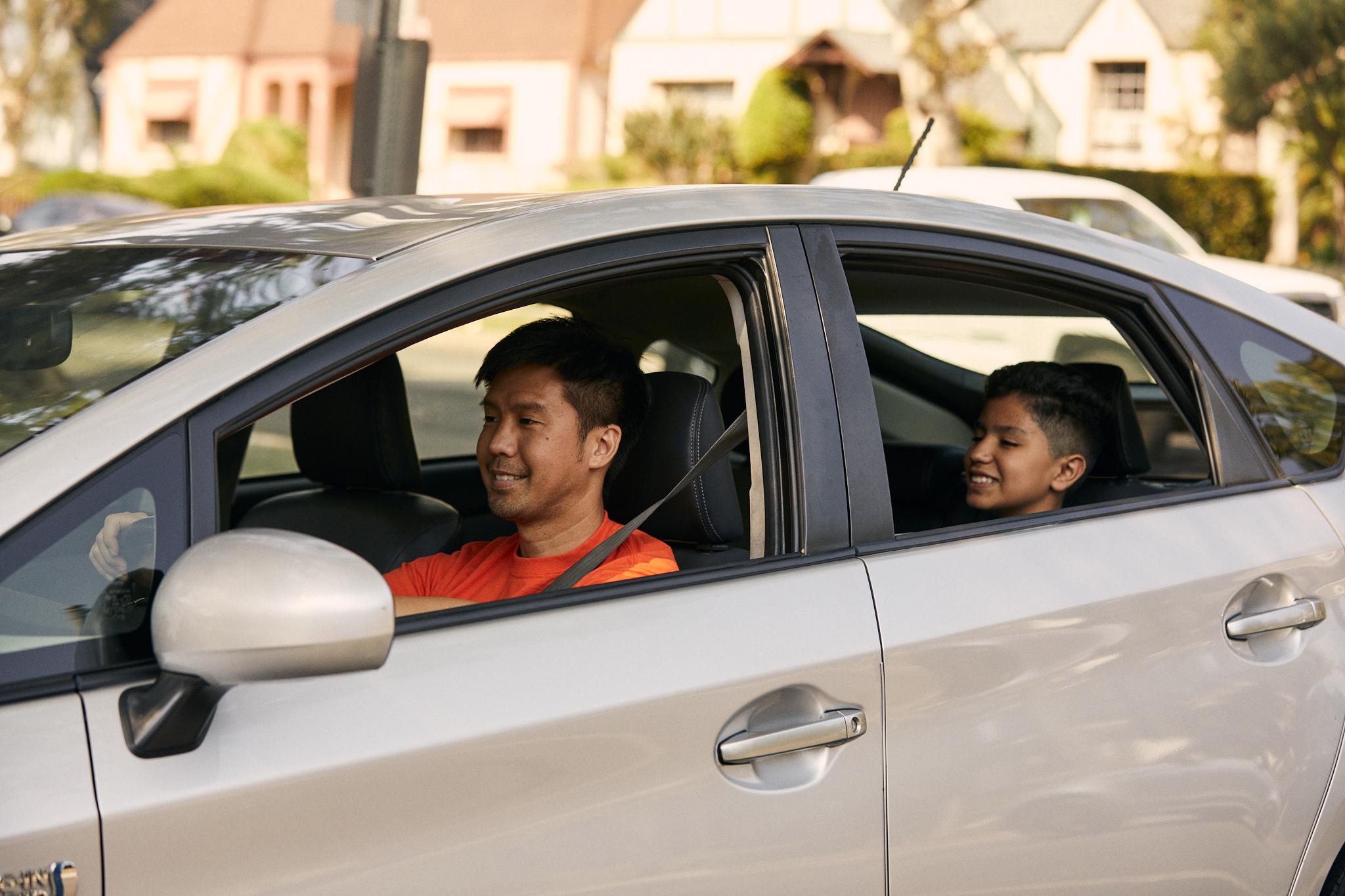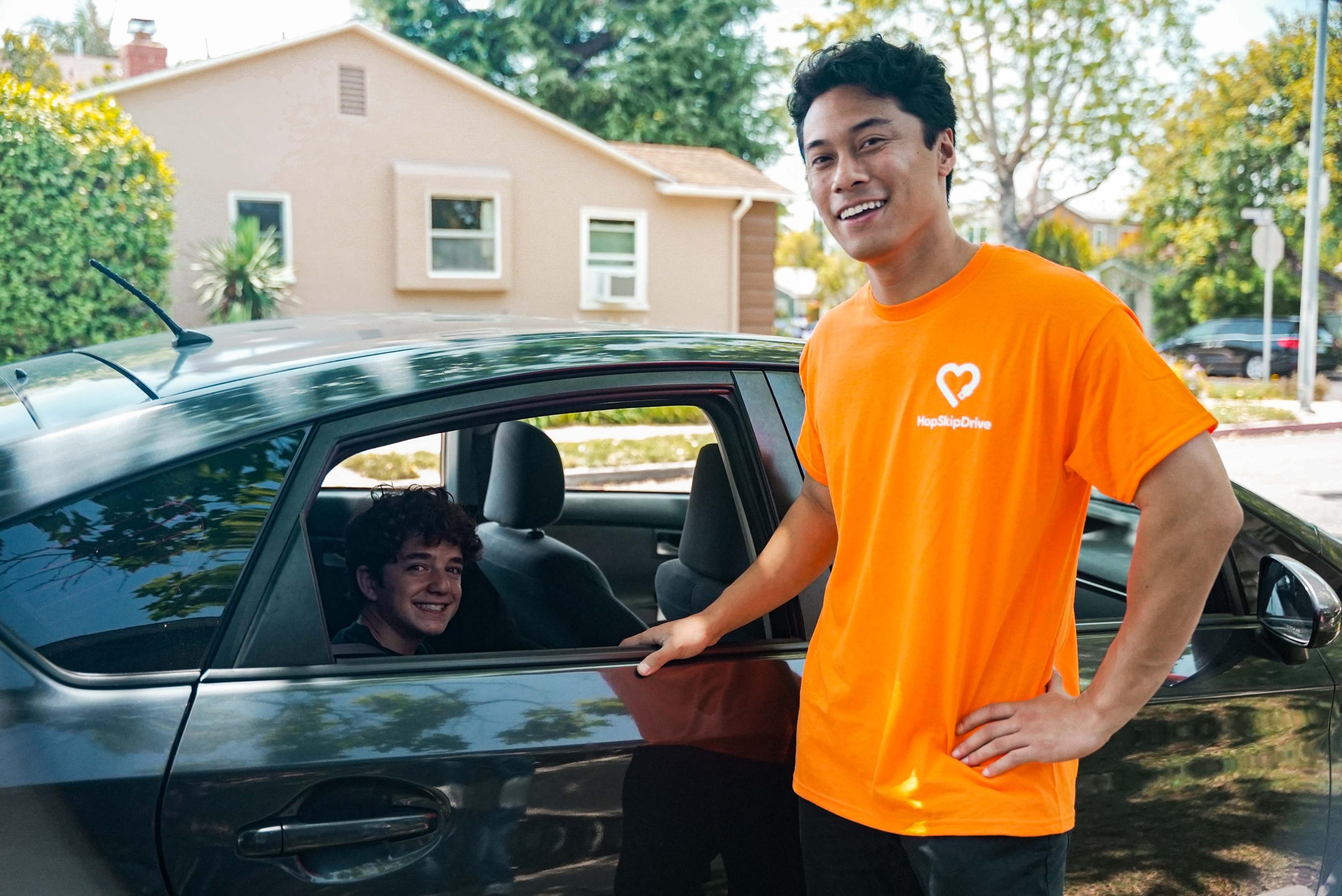For the more than 400,000 children in foster care across the United States, instability can be a constant companion. But one particular disruption — the lack of reliable transportation to school — can negatively impact their future. Even when the desire to maintain educational continuity exists, the logistical nightmare of getting to school after a placement change can feel insurmountable.
As we recognize Foster Care Awareness Month, we’re delving into this often-overlooked crisis that forces too many vulnerable students to repeatedly sacrifice their learning and their sense of normalcy.
Foster Care Transportation Needs to Be Responsive
Traditional school transportation systems aren’t designed for the unpredictable nature of foster care. Yellow buses follow fixed routes within district boundaries. They can’t accommodate a student who suddenly moves 15 miles away on a Tuesday afternoon due to a placement change.
Statistics highlight why this matters:
According to the National Foster Youth Institute, only 50% of youth in foster care graduate high school, compared to the national average of over 85%.
Students in foster care are three times more likely to drop out than other students from low-income households.
Each school change students in foster care experience results in up to six months of lost academic progress.
Enacted in 2015, the Every Student Succeeds Act (ESSA) gives students in foster care the legal right to remain in their school of origin when their living situations change. This federal law recognizes that school stability is essential for educational success. While ESSA establishes important requirements for transportation coordination, the mandate for “clear written procedures” doesn’t address the real-world implementation challenges that schools and agencies face. While legislation establishes a collaborative foundation, local communities and school districts bear the responsibility of designing and implementing transportation systems that can accommodate the critical need for flexible options for students in foster care.
Rigid Transportation Systems Don’t Align with Foster Care Realities
Many foster parents want to drive kids to their original schools, but the reality makes this nearly impossible. Some caregivers work early shifts that make them unable to manage school drop-offs, while others care for multiple children with different schedules and school locations. And for elderly relatives serving as foster parents, long cross-town or cross-district drives twice daily simply aren’t feasible.
Taking city buses to school creates a whole new set of problems for these students. UCLA research found that foster students using public transit spent an average of 56 minutes commuting to school, compared to 31 minutes for those who had access to specialized transportation services. Those extra 25 minutes each way add up to more than four hours per week that could be spent on homework, sleep, extracurricular activities, or simply relaxing.
Transportation problems directly impact school attendance. The University of Pennsylvania ranks reliable transportation among the most crucial components in addressing chronic absenteeism. A 2022 EdResearch for Recovery brief specifically highlighted safe, reliable transportation as a top strategy for improving attendance rates. When students move to new foster placements and lose their ability to get to school, the attendance impact is immediate and measurable, pushing many into the category of chronically absent — which is defined as missing 10% or more of school days in a school year.
Transportation Creates Stability for Students in Transition
HopSkipDrive’s care-centered marketplace was designed specifically for students who don’t fit the standard yellow bus model, including those in foster care with addresses and circumstances that change frequently. HopSkipDrive CareDrivers have an average of 10 years of caregiving experience, with backgrounds as parents, educators, healthcare workers, and social service professionals.
This five years of caregiving experience that is required for those who drive on the HopSkipDrive platform translates into an understanding of the specific challenges students in foster care face. CareDrivers know how to create calm, predictable environments during rides. They also understand trauma-informed care principles, and recognize when a student needs space or when they’re ready to engage in conversation.
Our Safe Ride Technology™ enables the flexibility youth in foster care require. Rides can be arranged with just six hours’ notice. When placements change, pickup locations can be updated within two hours of a ride start time. Caseworkers, foster parents, and school staff can track rides in real time and communicate directly with our support team.
A Foster Care Transportation Success Story: Los Angeles County + HopSkipDrive
Los Angeles County took a chance on a new approach in 2019. They partnered with HopSkipDrive for a two-year pilot focused specifically on getting foster kids to school. The results were clear: 1,004 students took 75,135 rides that kept them in their original schools despite placement changes.
The Office of Child Protection, Department of Child & Family Services (DCFS) noted that the system “was able to quickly adjust to meet the needs of not only the county, but school districts as well.” This flexibility mattered because foster placements change frequently and often with little notice. HopSkipDrive’s ride management platform, RideIQ, solved everyday headaches for social workers and foster parents, too. Caregivers could view upcoming schedules and track trips in progress, eliminating the constant phone calls to check if students made it to school safely.
One student told The Chronicle of Social Change that their CareDriver “made sure I was on time to class every day my junior year, even my 7 a.m. classes.” This kind of consistency matters. When so much in a foster student’s life changes unexpectedly, having someone reliably show up at the same time each day creates a small but important pocket of predictability.
The success in Los Angeles led to program expansion across California counties including San Diego, Sacramento, Santa Clara, and Ventura. Other states have implemented similar models. In 2024, Michigan launched a three-year program with HopSkipDrive for students in foster care, which is expected to provide 10,000 to 12,000 rides annually across three counties.
School Stability Creates Pathways to Success
First Star, a national nonprofit supporting college preparation for teens in foster care, relies on specialized transportation to ensure program participation. Since partnering with HopSkipDrive in 2019, more than 62 students have received transportation to First Star academies.
Brian Ritchey, First Star’s Senior Director of Academy Partnerships, notes that removing transportation barriers “makes a huge difference” in program outcomes. First Star reports that 98% of participants graduate high school and over 60% pursue higher education, far exceeding national averages for youth in foster care.
These outcomes demonstrate what’s possible when students can maintain educational stability. They are able to keep the same teachers, continue with specialized programs, participate in extracurricular activities, and maintain peer relationships. All these factors contribute to improved academic performance and graduation rates.
Reliable Foster Care Transportation Is About More Than Just a Ride to School
Reliable transportation keeps students in foster care connected to what matters. When a student moves to a new placement but can still get to their original school, they don’t lose everything all at once. They keep their friends, can stay engaged in extracurriculars, and can continue with the AP classes they’ve worked hard to qualify for. Most importantly, they get to stay with teachers and others at school who understand their situation and support their academic needs. These connections can make all the difference between graduating and dropping out.
CareDrivers who drive with HopSkipDrive often become familiar, trusted adults in students’ lives. They show up consistently, remember preferences, and provide a calm transition between home and school. For students who have experienced repeated disruptions, this reliability really matters.
Transportation also enables connections beyond daily school attendance. HopSkipDrive rides can help students participate in tutoring, attend therapy appointments, and make it to scheduled family visits. Each of these connections strengthens their support network and improves their chances for success.
School districts and agencies that invest in specialized transportation for youth in foster care see returns in improved attendance, better academic outcomes, and higher graduation rates. Above all else, they are giving these students a fair chance at educational success despite the challenges they face.
Contact us to learn more about working with HopSkipDrive to implement transportation solutions for youth in foster care in your community.



